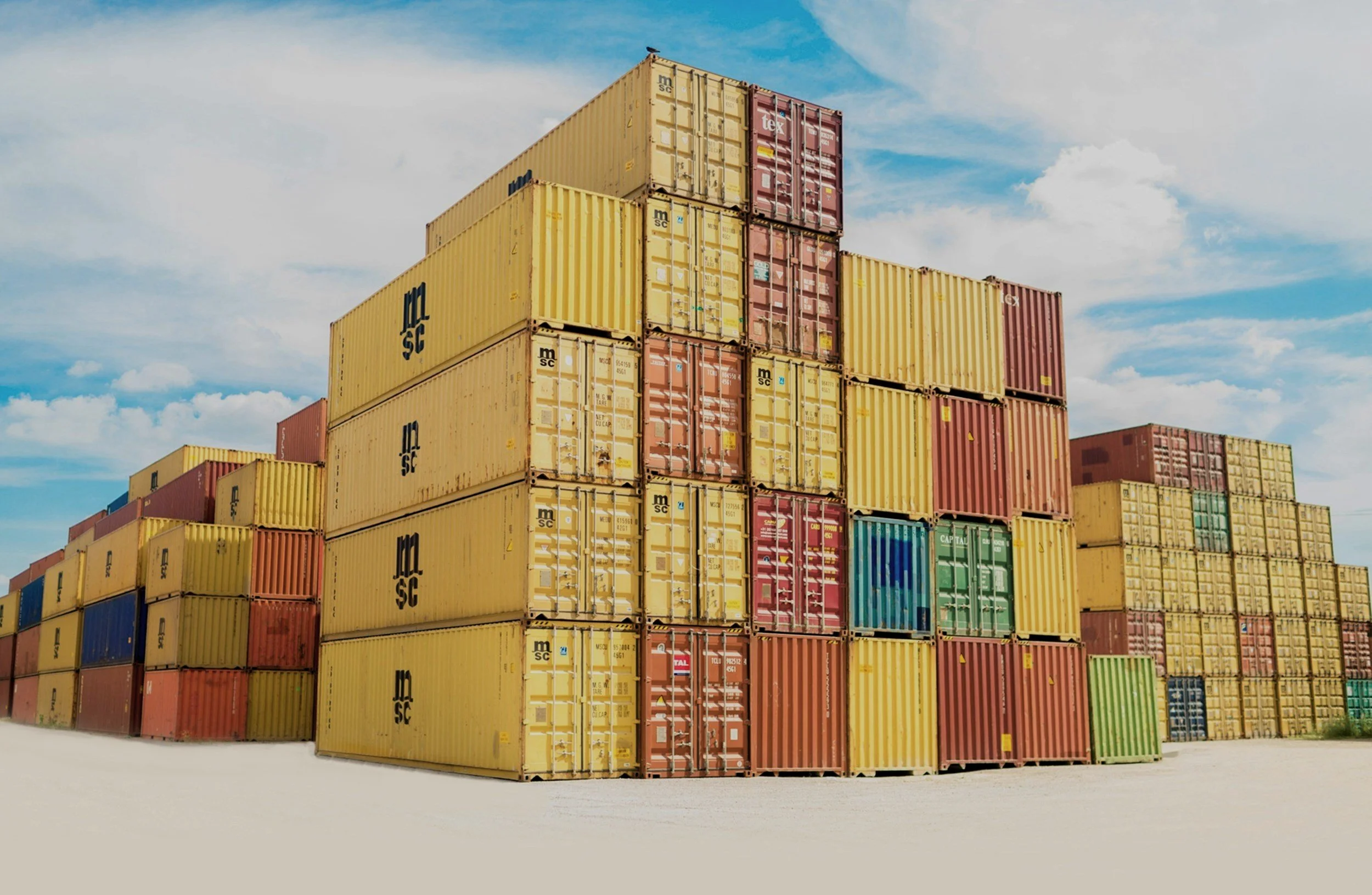Welcome to Procura’s intelligence, a space for insights, signals, and strategic thinking
Here, we share forward-looking analysis, supply chain trends, and inventory strategies shaped by real-world experience.
From operational risk to financial impact, this is where decisions take form. Visit our blog regularly; this is where execution meets expertise.
Supply chain realignment from rising defense demand
Geopolitical instability doesn’t just change diplomatic maps—it reconfigures global production priorities. As governments ramp up defense spending in response to rising threats, the economic ripple effects are being felt across industrial supply chains. This militarization of demand is altering procurement patterns, distorting material availability, and introducing new competitive pressures for manufacturers far beyond the defense sector.
Tariffs, risk, and readiness, why inventory is now a financial asset
For years, businesses treated tariffs as externalities, policy changes to monitor but not integrate into core operating models. That’s no longer viable. Today’s wave of new tariffs is different—not just in scope, but in speed. And in this climate, inventory is emerging not just as a supply chain lever, but as a real-time financial signal. In volatile trade environments, inventory becomes more than a cost. It becomes a hedge. And managing it well becomes a question of financial strategy, not just logistics.
The strategic future of the global barbell tech supply chain
The global technology supply chain is undergoing a fundamental structural realignment. What was once a relatively linear system—anchored by mass manufacturing in cost-efficient hubs—is evolving into a polarized configuration: concentrated, capital-heavy production on one end, and highly distributed, service-oriented fulfillment on the other.
Automotive inventory strategy in the age of software-defined vehicles
The automotive industry is undergoing a structural shift. Vehicles are no longer defined solely by mechanical assemblies and material inputs. Instead, they function increasingly as digital platforms—embedded with sensors, processors, and updatable code. Software-defined vehicles (SDVs) integrate hardware and software into a single architecture, where both evolve in parallel throughout the vehicle lifecycle.
Middle East tensions and the evolving landscape of supply chain risks
In a region long central to global energy and trade flows, rising tensions in the Middle East are creating a new axis of uncertainty for supply chain leaders. What once was a stable—if geopolitically sensitive—corridor for oil, critical materials, and transit is now a zone of strategic volatility. Disruption is no longer hypothetical. From Red Sea shipping disruptions to port access constraints and embargo threats, supply chains with exposure to Middle Eastern routes or dependencies are now reassessing both risk and resilience.
When supply chains turn geopolitical, inventory becomes mission critical
In the latest issue of The World Today Magazine, delivered to all delegates of the 10th edition of Chatham House’s flagship London Conference 2025 event, taking place on 19 June, Procura Inventory Management shares a clear message: in the face of global turbulence, inventory is no longer just a supply issue—it’s a balance sheet issue. Our feature reinforces how strategic inventory management drives resilience, financial flexibility, and continuity.
The silent risk behind supplier diversification in global inventory planning
For years, procurement strategies have favored supplier consolidation in pursuit of cost efficiency. Fewer vendors meant greater leverage, streamlined logistics, and reduced transactional overhead. But that logic has revealed its limits. In an environment defined by geopolitical shifts, regulatory volatility, and frequent disruption, the risks of over-consolidation are no longer theoretical—they are operational.
Tariffs tensions and transformation in supply chains
Global trade is shifting—again. A resurgence of tariffs, economic nationalism, and mounting geopolitical tensions is forcing companies to rethink how they source, manage, and move goods across increasingly complex and politically sensitive supply chains. While the latest policy moves may originate in specific countries, their ripple effects are global. Supply chain leaders now operate in an environment defined by unpredictability, fragmented regulation, and geopolitical recalibration. Just-in-time inventory systems—once the gold standard of operational efficiency—are being reconsidered as too rigid for this new reality.
Winning the shelf starts with smarter, synchronized inventory
The global supply chain is no longer a linear construct. It’s a politically sensitive, multi-node ecosystem—where exposure is embedded in every sourcing, shipping, and stocking decision. To succeed, companies must design inventory systems not just for throughput, but for foresight. That means embracing fragmentation not as a crisis, but as a call to adapt—using inventory as a tool for strategic control, not just operational execution.
Inventory as a strategic lever for fleet readiness in MRO operations
The global supply chain is no longer a linear construct. It’s a politically sensitive, multi-node ecosystem—where exposure is embedded in every sourcing, shipping, and stocking decision. To succeed, companies must design inventory systems not just for throughput, but for foresight. That means embracing fragmentation not as a crisis, but as a call to adapt—using inventory as a tool for strategic control, not just operational execution.
Making hospitality scalable with smarter inventory
In hospitality, the guest experience depends on more than front-of-house service. Behind every smooth check-in, every stocked minibar, and every prepared room, there’s an invisible structure of inventory that must work in sync across locations. From high-volume linens to fast-moving perishables, hotels and resorts face rising pressure to coordinate resources across multiple sites—often in different regions, with different supply timelines and demand profiles.
How real-time inventory supports grid resilience and energy system continuity
Global electricity demand is projected to rise over 60% by 2040, accelerated by electrification across sectors, urban expansion, and increased reliance on data-intensive services.
Inventory strategy in a fragmented and shifting geopolitical landscape
The global supply chain is no longer a linear construct. It’s a politically sensitive, multi-node ecosystem—where exposure is embedded in every sourcing, shipping, and stocking decision. To succeed, companies must design inventory systems not just for throughput, but for foresight. That means embracing fragmentation not as a crisis, but as a call to adapt—using inventory as a tool for strategic control, not just operational execution.
Accelerating hardware readiness for scalable and resilient AI infrastructure
The performance of large-scale artificial intelligence models is no longer determined solely by architecture or data quality. Increasingly, it depends on whether the supporting infrastructure is in place, on time, and at the right location. GPUs, data center cooling units, high-density power systems, and edge computing devices have become physical bottlenecks in an otherwise software-defined field.
Why inventory management is becoming a strategic lever for finance
The next wave of financial resilience will be defined not by further cost reduction, but by the capacity to see—and act—clearly. In a context shaped by economic volatility, political uncertainty, and supply chain fragility, financial institutions are reevaluating how they assess counterparty risk, monitor exposure, and engage with operational data.

















